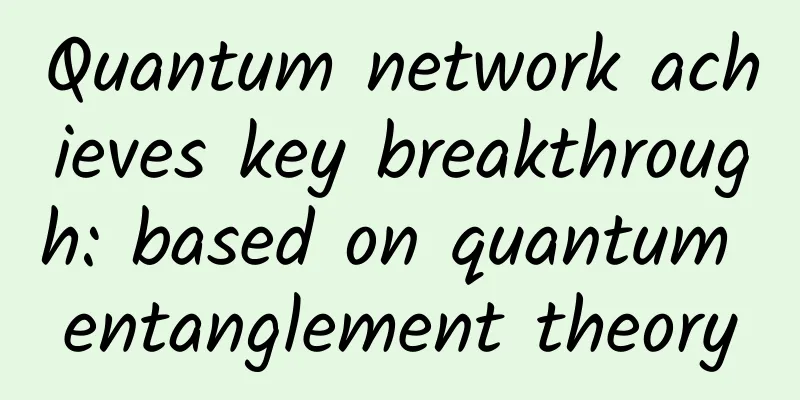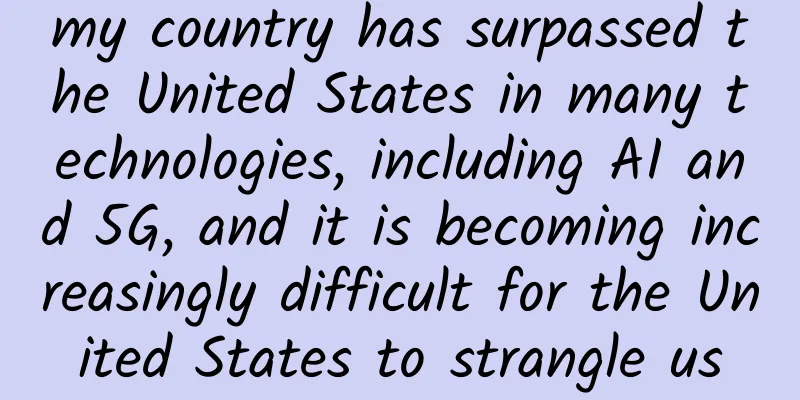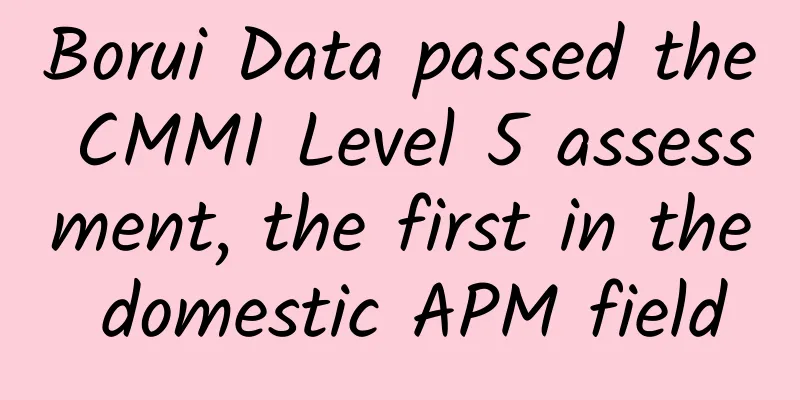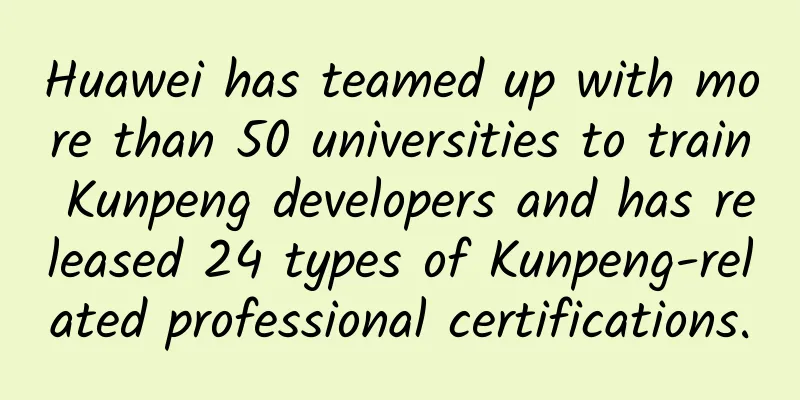Quantum network achieves key breakthrough: based on quantum entanglement theory

|
The new network is based on the theory of quantum entanglement, which has repeatedly frustrated the development of quantum computers because it is highly sensitive to environmental disturbances that can disrupt the signal. But researchers at the University of Sussex in the UK think they have found a way around it. Beijing time, November 8, according to foreign media reports, some British scientists claimed that they had made a key breakthrough in realizing ultra-fast and ultra-secure quantum networks, solving a major obstacle to the development of this field. The new network is based on the theory of quantum entanglement, which has repeatedly frustrated the development of quantum computers because it is highly sensitive to environmental interference that can disrupt the signal. But researchers at the University of Sussex in the UK believe that microwave technology can be used to "isolate" the device from the outside world, thereby protecting the device from external interference. Quantum computers can perform calculations billions of times faster than existing supercomputers and have the potential to create unhackable digital connections, find cures for dementia, invent new drugs and create more efficient fertilizers, among other things. Quantum entanglement means that if one of a pair of entangled particles changes in some way, the other will also change at the same time. This connection was called "spooky action at a distance" by Einstein. In theory, quantum entanglement is almost unlimited by distance, which makes quantum connections extremely secure. If any network connection using quantum entanglement is hacked, the data will be immediately destroyed, leaving clear evidence of the intrusion. Entanglement here refers to the creation of a pair of "qubits", that is, a particle that occupies two binary states, "1" or "0" at the same time. Traditional computer bits can only be either 1 or 0, and data is stored in a special binary code sequence. Once you try to observe a qubit, the qubit will immediately collapse and emit in two directions at the same time. The research team at the University of Sussex hopes that quantum computers can help humanity solve some of its most difficult problems. Professor Winfried Hensinger explains that quantum computers can currently only be used in laboratories because they are extremely sensitive to environmental "noise". A spokesperson for the University of Sussex said: "The existing small-scale quantum computers have only a small number of qubits, so they can be operated in a highly controlled environment inside a professional laboratory. However, because the number of qubits is too small, the processing power of such small quantum computers is too low and is far from meeting the needs of solving complex problems." To address the issue of "ambient noise", the team worked with Imperial College theoretical scientist Dr Florian Mintert, using quantum physics and microwave technology - similar to that used in mobile phones - to isolate the new quantum computer from the outside world.
Quantum computers can perform calculations billions of times faster than existing supercomputers and have the potential to create unhackable digital connections, find cures for dementia, invent new drugs and create more efficient fertilizers, among other things. Professor Hansinger, head of the Ion Quantum Technologies research group at the University of Sussex, said: "With this progress, we are one step closer to developing quantum computers with millions of qubits." “Such machines, which could solve problems that would take the fastest current supercomputers billions of years to solve, would be of great benefit to humanity. They might help us develop new drugs, find new treatments for diseases, create powerful tools for the financial industry, benefit agriculture by creating more efficient fertilizers, and much more. We are only just beginning to understand the potential of quantum computers.” The research team is applying the new technique to a powerful quantum computer prototype being developed in a laboratory at the University of Sussex. Professor Hansinger added: “It is time to move from academic research to the construction of real machines. This work is very well done at the University of Sussex, and my team is working overtime to make large-scale quantum computers a reality as soon as possible.” |
<<: Is the network slow because of insufficient bandwidth? 5 tips to optimize network bandwidth
Recommend
Mobile Edge Computing: The True Future of 5G
The promise of 5G has yet to be fulfilled, but it...
The Socket and TCP connection process you must know
This article mainly explains the operation of soc...
Maxthon Hosting: Los Angeles CU2VIP line monthly payment starting from 38 yuan, return trip AS9929 for three networks/outbound trip CN2 for China Telecom
Let's share another excellent line VPS node o...
OneWeb launches 182 more internet satellites into orbit
According to foreign media, OneWeb's 36 Inter...
What changes does 5G bring to the medical industry?
Some people say that 2G brought us mobile Interne...
Huawei's Li Peng: Stimulate new growth and lead the first year of 5G-A commercialization
[ Barcelona , Spain , February 25, 2024 ] Today...
Chip shortages, edge computing and IoT will drive IT transformation in 2022
Forrester Research pointed out in its research th...
Bluetooth, WiFi and Zigbee: Which wireless technology is better?
Wireless technology is all the rage these days! F...
The full implementation of number portability is about to reach its first anniversary, and the winner may be different
On August 5, 2019, number portability entered the...
From 4G to 5G, my country's mobile communication highway is getting wider and wider
Since the advent of mobile communications, humans...
Megalayer US optimized bandwidth VPS simple test
The tribe has shared information about Megalayer ...
Sending Messages - RocketMQ Knowledge System (II)
[[410032]] In the previous article, we got to kno...
AlphaVPS: €3.5/month-2GB/15G SSD/1TB/5 data centers including Los Angeles and New York
AlphaVPS is a Bulgarian hosting company, founded ...
Hosteons VPS hosting double hard disk/double traffic starting from $16 per year, 5 data centers in Los Angeles/Dallas
Hosteons has launched a promotion in June. Use th...
Learn how to start your networking career
The networking industry is changing rapidly, and ...









